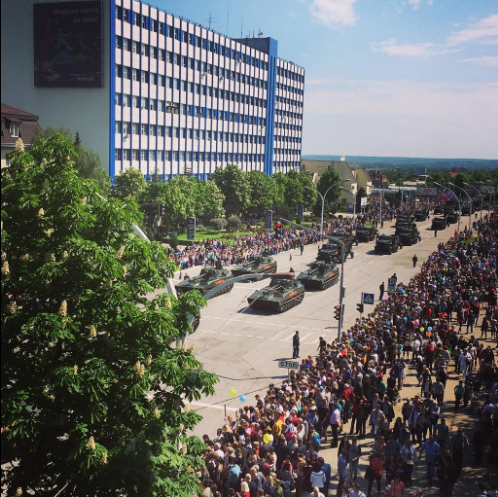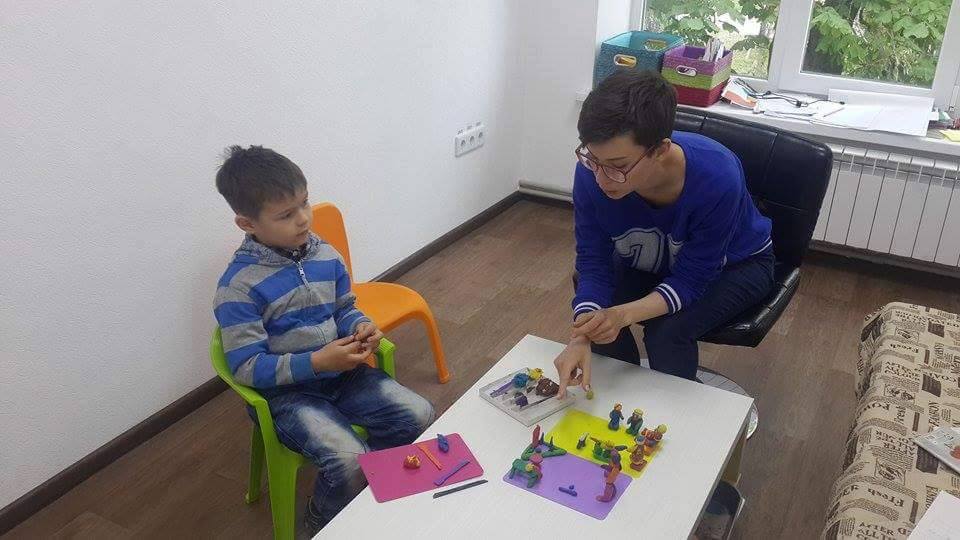The Berlin-based Centre for East European and International Studies (ZOiS) has published a new report "Attitudes and identities across the Donbas front line: What has changed from 2016 to 2019?" compiled by Gwendolyn Sasse and Alice Lackner. The report examines changes in public opinion in the Donbas region of eastern Ukraine, including both government-controlled and occupied areas, by comparing the data in 2019 polls conducted either side of the frontline with corresponding data from 2016 surveys.
The occupied areas emerged in the east of Ukraine back in 2014 as a result of Russian aggression, and are officially known as "Certain Areas of Donetsk and Luhansk Oblasts" (ORDLO). The occupation administrations of the areas call the territories the Luhansk and Donetsk "people's republics" ("LNR", "DNR").
The research focuses on the identity of those polled, their mobility, and their opinions on the future status of the occupied areas and Minsk peace accords.
The poll was performed by the Ukrainian agency R-Research which in February and March 2019 conducted face-to-face interviews with 1,200 people in the government-controlled Donbas.
Due to potential security concerns, the interviews with 1,200 respondents in the occupied area were carried out by telephone.
"From our first round of surveys in 2016, we know that respondents in the region most affected by the war value the higher degree of anonymity and personal control provided by [the telephone interview]. Moreover, the results of the telephone survey in 2016 were much more diverse than the assumption of a fear of Russian oppression would have led us to expect," the report reads.
For the interviews, a quota sample was applied, based on the latest official Ukrainian statistics of the age, gender, educational attainment quotas of the urban and rural population. The same quotas were applied for the occupied territories since no reliable demographic data exist for those areas.
Here are the key findings of the research.
The future of ORDLO: unconditionally in Ukraine or an autonomous status
According to the survey, most residents of the government-controlled Donbas have not changed their views on the future of ORDLO. As in 2016, in 2019 around 65% preferred the reintegration of the occupied areas into Luhansk and Donetsk oblasts without any special autonomous status.
In ORDLO, about a third of responders supported the idea that the non-government-controlled areas should be autonomous either in Ukraine or Russia.
Some 24% (21% in 2016) believe that the areas should return to Ukraine without a special status, as before the war. The report's authors suggest, "This change is statistically significant, indicating that the idea of returning to the pre-war situation has gained in popularity."
In both 2016 and 2019, about 55% of pollees in ORDLO preferred the return of the areas to Ukraine either as autonomous regions (31% in 2019) or without special conditions (24% in 2019).
Civic identity "Ukrainian citizen" fades, more residents of free Donbas see themselves as ethnic Ukrainians
The inclusive civic identity "Ukraine citizen" was dominant in the government-controlled Donbas in 2016 (53%), however it dropped to 26% in 2019.
The report suggests that these figures capture "the disappointment of those living close to the frontline and a sense of having been left behind by the central government."
Meanwhile, twice as more residents of the free Donbas chose the identity "ethnic Ukrainian" (29%) as compared to 11% in 2016.
The picture in ORDLO is more diverse according to the report. 21% identified as mixed Ukrainian and Russian, 18% as Donbas residents, about 13% as Ukrainian citizens.
Most Donbas inhabitants are Russian-speaking or bilingual
In both years, language identities determined by self-reported native language remain similar throughout the entire Donbas. About two-thirds of respondents in ORDLO and about 49% of those living in the government-controlled Donbas considered Russian their native language.
More than 30% of the residents on either side of the frontline opted for both Russian and Ukrainian.
About 17% chose Ukrainian in the free Donbas and only around 4% in its occupied part.
Minsk peace deal and mobility
The share of Donbas residents living in the government-controlled territory who believed in 2016 and in early 2019 that the Minsk peace deal could be implemented and of those who did not believe it remained comparable and it fluctuated around 42-58%: some 42% expected the implementation (against around 51% in 2016), while about 58% did not see it as realistic (some 49% in 2016).
Most Donbas residents have never crossed the front-line, with figures remaining stable between 2016 and 2019 according to the poll. Around 93% of the respondents from the free Donbas have never crossed into ORDLO (92% in 2016) with about 56% of those living in ORDLO who never entered the government-controlled territory (about 57% in 2016). Only 1-4% visit ORDLO on a regular basis, while about 15% cross from ORDLO into the free territory every month, some 17% once every six months, about 11% once a year.
The preference of the residents of the government-controlled part of the Donbas opting for the unconditional return of the occupied areas complies with the national trend. The most recent national poll by the Razumkov Centre, carried out in early October, shows that 56% of Ukrainians are against special statuses for the occupied areas of the Donbas and wish they be reincorporated within the Donetsk and Luhansk oblasts as prior to 2014. Some 13% would like to see ORDLO in Ukraine with greater independence from the state, 10% opted for autonomy for ORDLO within Ukraine, and only 3% prefer the secession of the territories to form independent states and other 3% see the future of the ORDLO in Russia.
Read more:
- Can Zelenskyy “stop the war in Donbas” and how will the Steinmeier formula affect Ukraine? An FAQ
- “Steinmeier’s formula” seen as state capitulation, protested in Ukraine
- War on terms: who’s fighting against Ukraine in Donbas – terrorists, rebels, insurgents?
- Putin’s “hybrid peace” is a Kremlin trap for Ukraine
- The rise and decline of Donbas: how the region became “the heart of Soviet Union” and why it fell to Russian hybrid war
- Donbas residents increasingly want to return to being part of Ukraine, Bekeshkina says (2017)
- Kremlin adopts new Donbas strategy: autonomy within Ukraine (2014)








